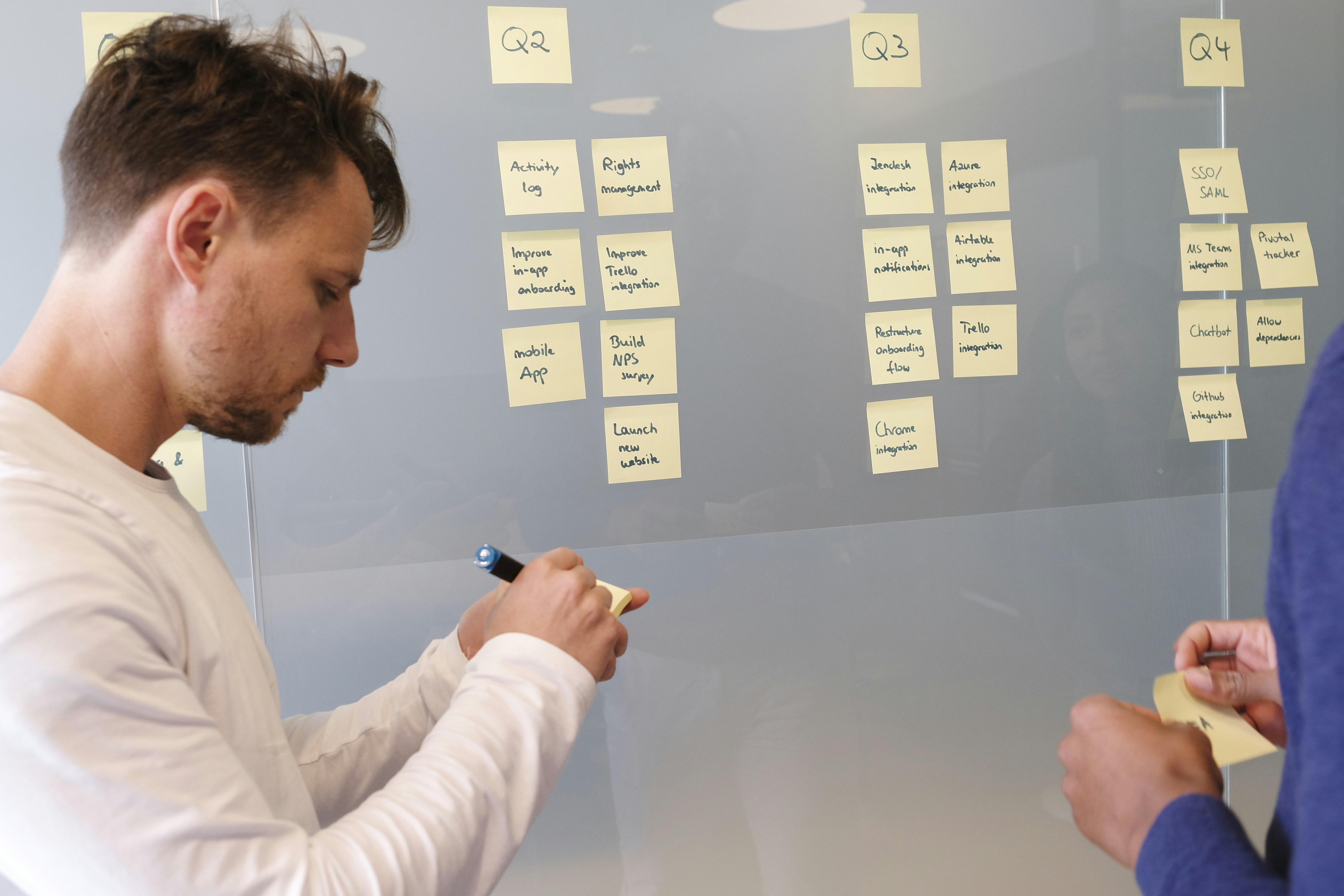Setting Goals
First, an organization should select a trusted vendor that has experience, as well as specific knowledge of its industry. Selecting a system that best meets the organization's needs, offers customization tools, is updated frequently and comes with reliable, proven support is important. Non-profits often make the mistake of selecting software based on what demonstrations looked to be the nicest offering, the latest, cutting-edge technology or the least expensive solution. Keep in mind that vendors are not always able to easily deliver what they present in a demo. Make sure the vendor has validated credentials including certifications, awards and positive references from customers who use what you are being asked to buy, so you can be confident that your organization's goals will be met. It's also essential that non-profits' budgets are in line with their vendor's approach.
It's important that non-profits sit down with the selected vendor prior to the implementation to define the project goals. Hold an internal brainstorming session before project kickoff and map each goal back to the organization's corporate-level objectives. Once goals have been set, announce them to the rest of the staff at the start of the project. It is also helpful to solicit feedback from end-users and measure progress checkpoints throughout the implementation.
Project Preparation
It's key to work out staff issues prior to the software installation-staff members need clear direction from leadership. Look to the vendor for guidance and specific recommendations about what works best for most of their customers. Organizations and their technology providers should discuss what needs to be in place before the implementation starts-this will help prepare staff members for what to expect during the process. It's also helpful to provide staff members with an overview of the software and some pre-training, so they can start to become familiar with the new system. Organizations should look at their current data and perform a cleanup; this will ensure that their databases are in the best shape possible before moving it over to the new software.
Building the Team
When building the implementation team, know that executive management's involvement will impact the success of the project. Executives are respected and trusted by staff members, which is why it's important for them to be actively engaged in software implementations-they can show their support by attending the project kickoff, holding monthly meetings to receive updates and being included on project status reports. Executive management should continuously stress the importance of being flexible when changing operational processes in order to fit the software out of the box.
With years of experience in the industry, the software provider's professional staff should be viewed as trusted advisors who will lead the organization through the implementation process, while validating it along the way. They should train your staff on how to implement the system, not implement it for them. Since they will have past examples of how other non-profits have implemented the software, they should observe your organization's operational processes and offer recommendations for how tasks can be improved.
Make sure to choose the right early adopters. These people will be the power users during the software implementation, and should be well-respected, innovative thinkers in the organization. It is typically best to have no more than 12 early adopters, who will be there to answer staff questions and provide them with guidance and support. Make sure all functional areas are represented, including the IT department, and that they know what to expect, for example, the time commitment involved, before the process starts.
Implementation Process
It's important that vendors use a proven methodology, such as the Project Management Institute's, to focus the non-profit's implementation process. The first phase of the project, Business Software Review, will help the organization understand and document business requirements, and plan how these requirements will be delivered using the new software. The second phase, System Design and Setup, is when a non-profit should teach early adopters how to use the new system. This is also the ideal time to map data, and create, execute and review test conversions.
The third phase, Key Process Development, can help the organization resolve gaps using extension tools-evaluate standard reports and develop custom ones, document new policies and procedures, and execute additional test conversions based on previous results and modifications. Early adopters should sign off on each requirement that has been tested and approved. End User Training, the fourth phase, should occur about two weeks before the new software goes live. Here, a 'train the trainer' approach will be used-early adopters should train end-users on how they will use the new system to do their jobs.
The final phase, Go Live, is when the final data conversion, based on modifications from the previous test conversions, will take place. At this time, the new solution should be turned on, and the legacy solution should be turned off.
Post Implementation
Non-profits should know that the implementation process does not end when the software goes live. Post implementation, there are a number of ways non-profits can continue to improve their operational processes with the new software. Your selected vendor should have established programs for continual optimization and improvement after the system has been implemented. You can also try holding 'lunch and learn' sessions-this provides staff members with an opportunity to discuss any questions or issues they are experiencing. Also, set up an internal help desk to provide staff with immediate assistance.
When a non-profit decides to invest in new software, it can have a major effect on an organization's daily tasks. Following these best practices can help make the implementation a more smooth and organized process. Although success metrics will vary for every organization, if the initial goals were met, it was on time and under budget, the end-users are happy, and the new software has helped the organization become more efficient, the project can be considered a success.











 Investing in technology and selecting new software is a major decision for any organization, as it can significantly impact its day-to-day activities. It can be especially challenging to complete an implementation on time and under budget, while improving operational processes. Non-profits should consider the following best practices to make their future software implementations a success.
Investing in technology and selecting new software is a major decision for any organization, as it can significantly impact its day-to-day activities. It can be especially challenging to complete an implementation on time and under budget, while improving operational processes. Non-profits should consider the following best practices to make their future software implementations a success.